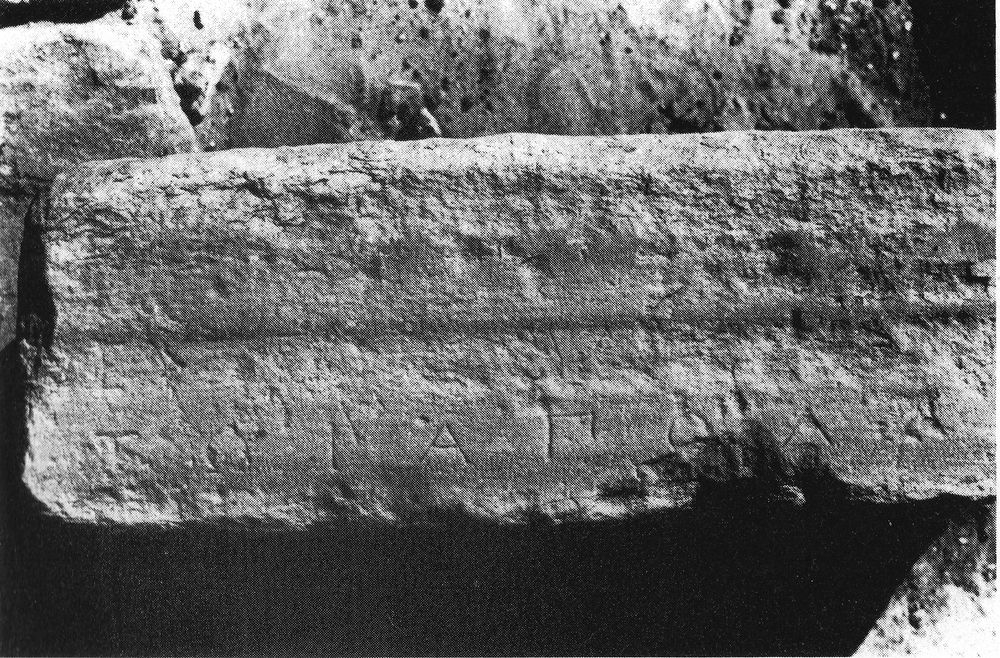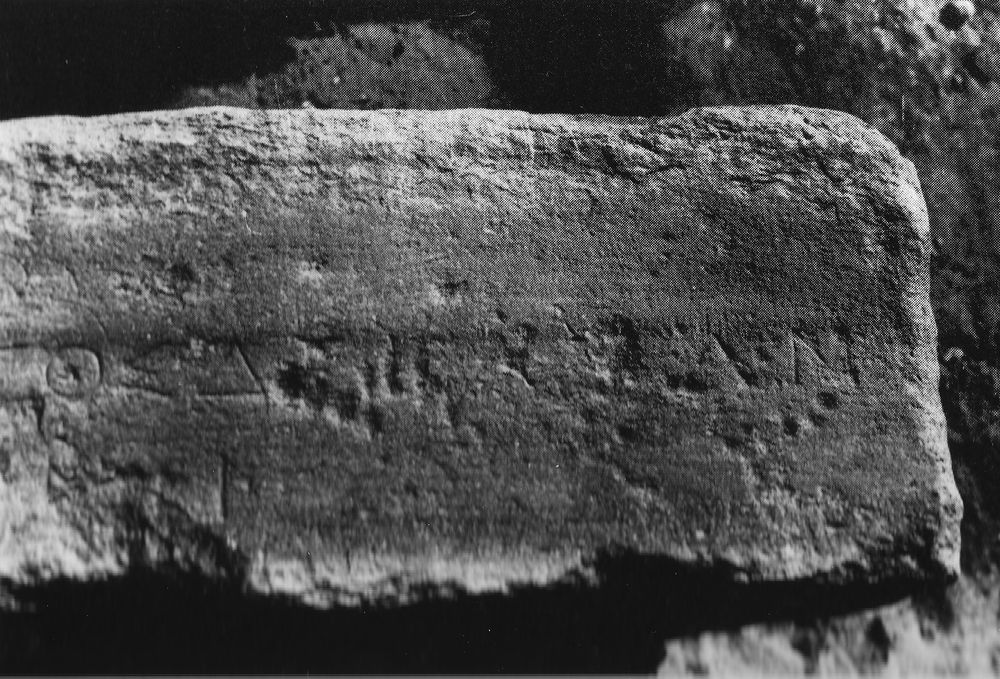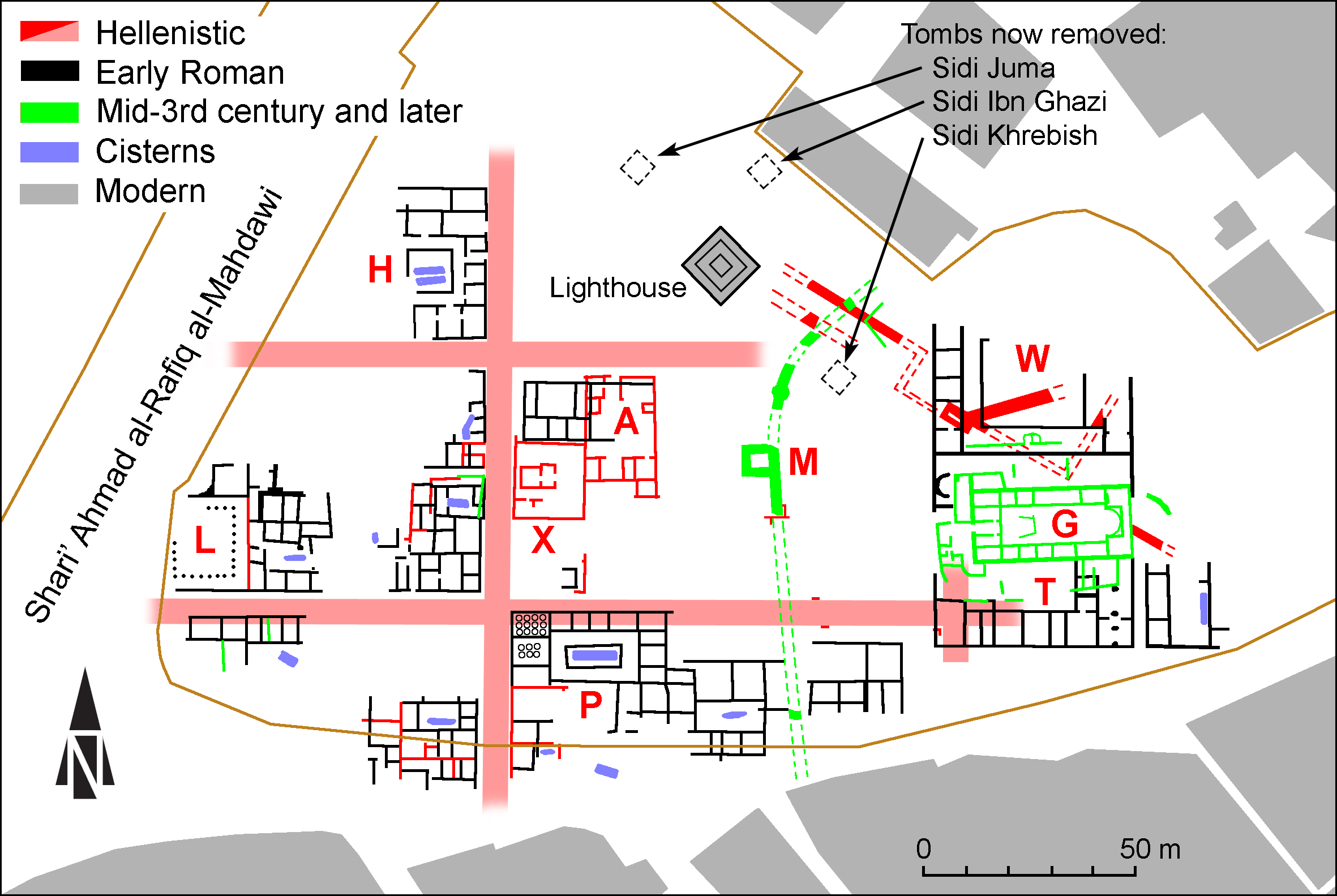EpiDoc XML:
IGCyr0710002
Trismegistos ID:
738357
Source description
Support: White marble rectangular base, badly chipped off on the first line of inscription and below (w: 1.01 × h: 0.21 × d: 0.89).
Layout: Inscribed on the face; both lines begin near the left margin.
Letters: 0.025; no serifs, sigma with slanting strokes, omicron slightly smaller than omega, dissymmetrical pi.
Date: Probably first half of third century BC (lettering).
Findspot: Found in 1974 at Berenike ➚: reused in Byzantine times under the Church.
Place of origin: Euesperides ➚.
Last recorded location: Benghazi Museum, inv. number unknown. Seen by Fr. Chamoux and A. Laronde in 1977 at Benghazi: in the Benghazi Museum. Not seen by IGCyr team.
Text constituted from: Transcription from previous editors (CDL).
Bibliography
Reynolds 1978, p. 233, n. 1 (ph.), whence SEG, 28.1541; Laronde 1987, p. 394 (as unpublished), whence SEG, 38.1870; IGCyr 071000 ➚.
Cf. Dobias-Lalou – Maffre 2018, whence SEG 68.1746 Rosamilia 2023, p. 87, footnote 22.
Text
Apparatus
1: Εὐγένης [c. 6]ντος Reynolds 1978; Εὔξενος Μ[c. 8 - 10]ντος Laronde 1987
French translation
Eug̣ẹṇẹ̀ṣ fils d'[Arimmas?] (scil. a consacré) la dîme à Apollon.
English translation
Eug̣ẹṇẹṣ son of [Arimmas?] (scil. dedicated) the tithe to Apollo.
Italian translation
Eug̣ẹṇẹṣ figlio di [Arimmas?] (scil. ha dedicato) la decima ad Apollo.
Commentary
The letters missing at l. 1 have been erased when the stone was re-used. For the father's name, to judge from the photograph, we agree with Reynolds for a loss of 6 letters, so that Ἀρίμμας seems a good restoration. As to the first name, it is not easy to decide between the two different readings proposed. We only may suspect that Reynolds could spend more time to study the inscription than Laronde and Chamoux on their brief visit in 1976.
Reynolds dated the lettering to «perhaps third to second century BC» and Rosamilia to the 'very time of Magas'. This would not quite discard Laronde's opinion, although he dated the lettering to the «fourth century» or somewhat later and thought subsequentely that the stone was probably earlier than the foundation of Berenike and that it would have been brought from Euesperides, re-used a first time in the city-defences of Berenike and later again in the Byzantine Church. The question cannot be answered with precision, as the abandonment of Euesperides and refoundation of Berenike followed exactly the end of Magas' reign. As we have so few inscriptions from Euesperides/Berenike, we are not able to date the lettering on a scale of ten years earlier or later.
CC BY-NC-SA 4.0 Deed Attribution-NonCommercial-ShareAlike 4.0 International License.
All citation, reuse or distribution of this work must contain a link back to DOI: https://doi.org/10.60760/unibo/igcyrgvcyr2 and the filename (IGCyr000000 or GVCyr000), as well as the year of consultation.



